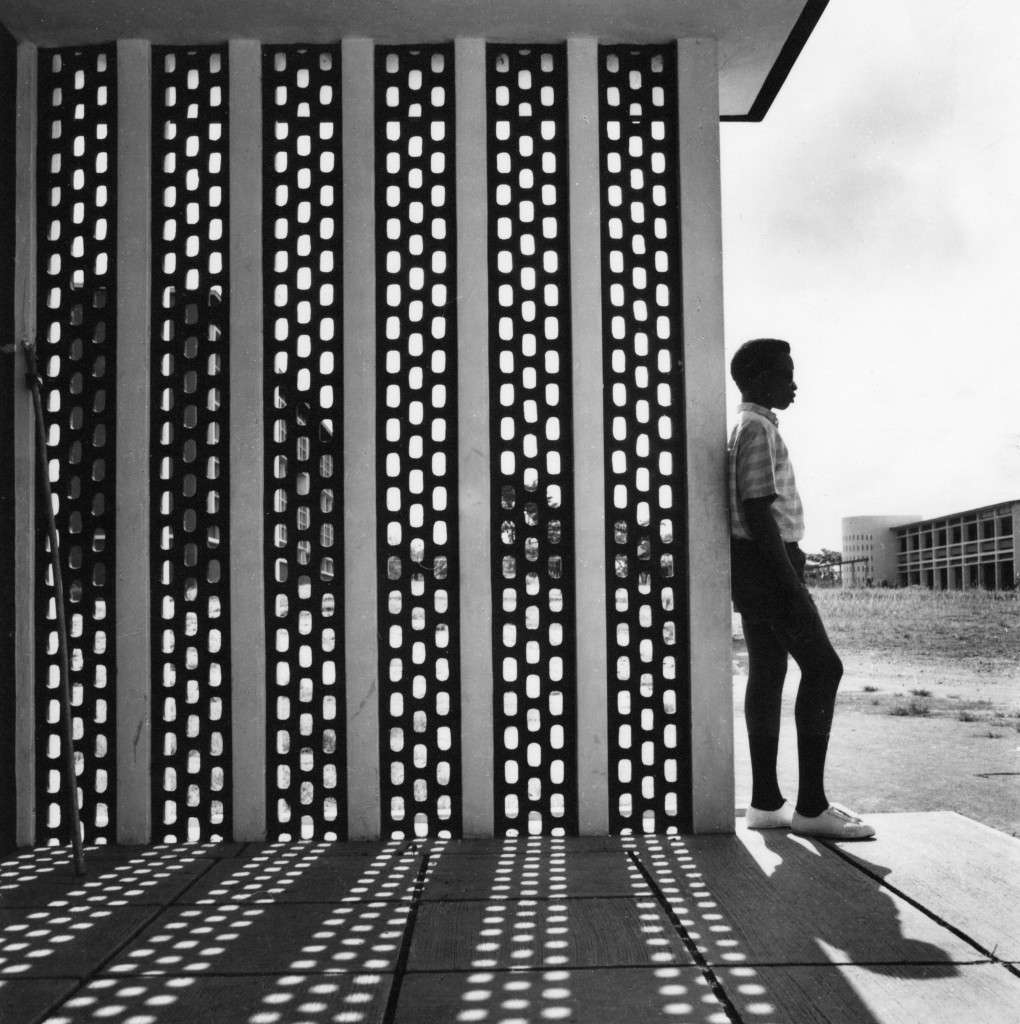

West Africa’s climate is hot and humid. Under these conditions, a unique modern architectural style emerged in the 1940s. Tropical Modernism was developed by British architects Jane Drew and Maxwell Fry, who adapted the functional, ornamental aesthetic of Modernism to the climatic conditions of the region. The Victoria and Albert Museum (V&A) is hosting an exhibition entitled ‘Tropical Modernism. Architecture and Independence’ until 22 September, the Victoria and Albert Museum (V&A) is dedicating an exhibition to this architectural style, which has become a symbol of modernity and progressiveness, and a departure from colonial culture.
Drew and Fry worked mainly in Ghana and India. After independence, Indian Prime Minister Jawaharlal Nehru and Ghanaian Prime Minister Kwame Nkrumah commissioned major new projects in the style, using Tropical Modernism as a tool of nation-building and a symbol of their internationalism and progressiveness.
As a result, according to the museum, a new generation of national architects, more concerned with the local context, produced ‘a distinctive alternative modernism’. These architects and the alternative modernism they created are the focus of the exhibition. Despite its links to colonialism, Tropical Modernism became an architectural symbol of a post-colonial future, “symbolising the utopian possibility of a transitional moment in which a break with the past was articulated through architecture and new freedoms were gained”. The exhibition includes models, drawings, letters, photographs, a film installation and archival material, which illustrate the key figures and defining moments of Tropical Modernism.
More on ndion
Discover more articles on the topics of Design and Architecture.
Share this page on social media:

